Rugs so good you won’t want to walk on them

Roula Khalaf, Editor of the FT, selects her favourite stories in this weekly newsletter.
“Howard was always interested in collaborating,” says Antony Peattie of his late partner, the revered British artist Howard Hodgkin. “He found painting so lonely and loved to get out of the studio.” The result was a diverse range of work spanning prints and fabric designs to a glass mosaic mural for a London swimming pool. This has continued through Peattie and, most recently, Hodgkin’s paintings have been translated into the form of rugs. “Howard used to say that he wanted reproductions to bear the same relationship to the painting as a seed packet does to a flower,” says Peattie, looking at one of two paintings that have been adapted by British rug-maker Christopher Farr. “In other words, more vroom. Brought out. Improved.” He laughs. “And I think the rugs do that!”


The rug as artistic canvas is an ever-popular proposition, with brands working alongside an exciting roster of creative talent. To date, Christopher Farr has produced carpets from artworks by Louise Bourgeois and Josef Albers as well as with contemporary creatives, including Japanese ceramicist Makoto Kagoshima, architect John Pawson and the artist Kaffe Fassett, who works with knitting and needlepoint. Swedish maker Nordic Knots, founded by husband-and-wife team Fabian Berglund and Liza Laserow-Berglund together with Fabian’s brother, Felix, also favours partnership. It has opened its first store in Stockholm with collections by Danish contemporary artist Carsten Beck, British design duo Campbell-Rey and New York-based architect and interior designer Giancarlo Valle. Both brands work with weavers in India, where a carpet-making industry was ignited by Mughal emperor Akbar in the 16th century. Bringing Persian know-how into the country in order to cover his palace floors, he kick-started a thriving industry that dwindled in the 19th century but flourished afresh following India’s independence in 1947.
Nand Kishore Chaudhary joined the rug-making fray in 1978. He bought two looms, employed nine artisans in his hometown of Churu, Rajasthan, and began to weave traditionally hand-knotted rugs. “Jaipur Rugs is still a family business, making handmade carpets only in India but now has a network of about 40,000 artisans – more than 90 per cent of whom are women and who mostly work from their homes,” says director Yogesh Chaudhary of his father’s pioneering social-business model, which has earned him the nickname “Gandhi of the carpet industry”.
As well as continuing his father’s work with the Jaipur Rug Foundation in “providing job opportunities that uplift rural India”, Chaudhary has broadened the company’s design scope from “99 per cent traditional floral carpets” to encompass a more modern aesthetic. “We established ourselves as the first Indian company known for design as well as production,” he explains.
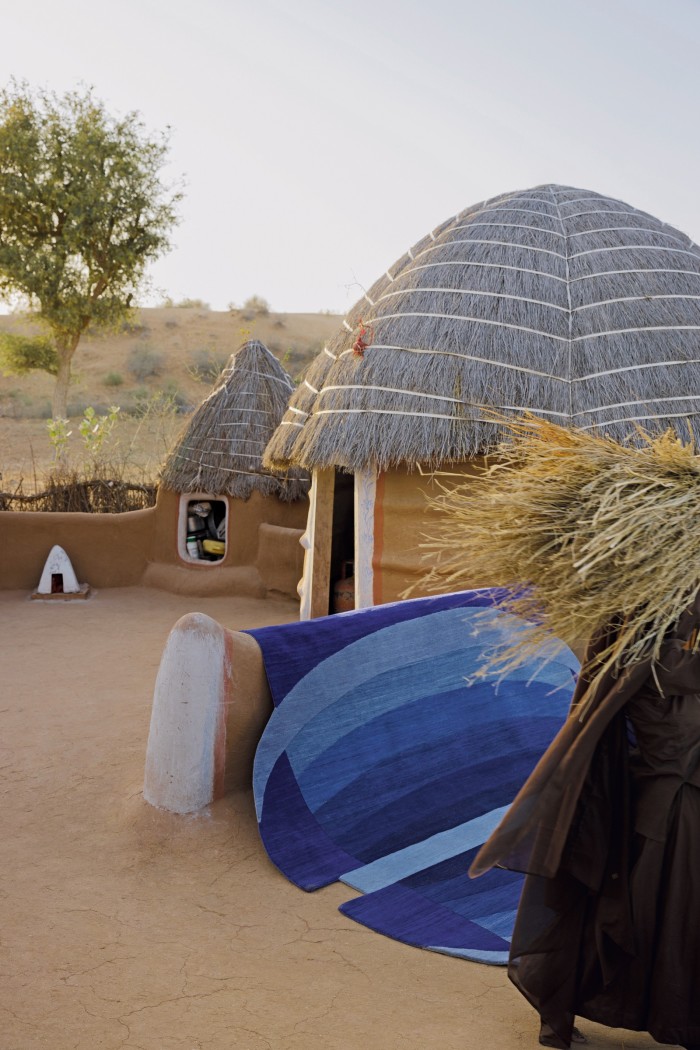
Key to this change were collaborations. Jaipur Rugs has worked with numerous Indian designers and architects including, most recently, Ashiesh Shah, whose beguiling, blue-toned Brahmaand collection is based around cosmic imagery (from £1,679 per sq m). International names in its back catalogue, meanwhile, range from Italian photographer and sculptor Lorenzo Vitturi to the late fashion designer Kate Spade. On 8 May, at London Craft Week, it will launch a new collection alongside revered British silver- and goldsmith Jocelyn Burton – a partnership that began before she passed away in April 2020: 11 designs from her archive with a limited run of only 10 pieces of each.
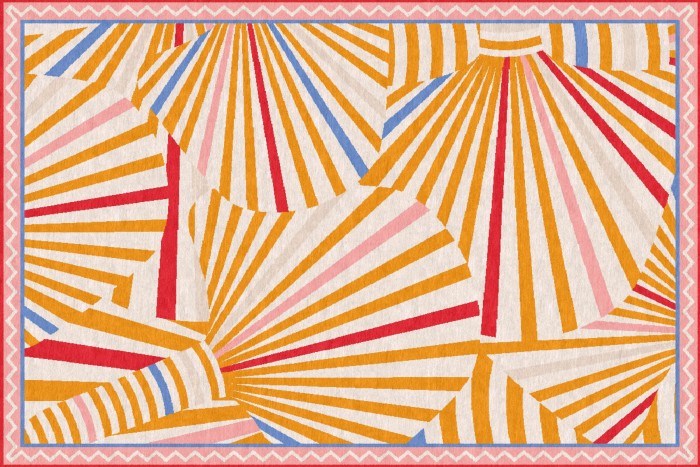
Kahhal Looms x Louis Barthélemy hand-knotted wool rug, £3,610
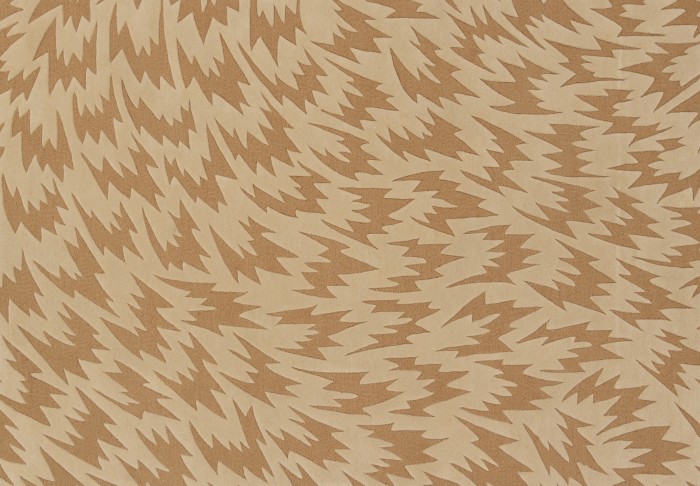
Floor_Story with Eley Kishimoto hand-tufted flash loop, from £1,200

Tai Ping hybrid-tufted wool Angelo II rug by Fabrice Juan, from £3,215
“Whenever Jocelyn designed anything – whether it was an enormous wall sconce for London’s Fishmongers’ Hall or a piece of jewellery – she would create incredible full-size paintings,” says Ken Mannering, managing director of Jocelyn Burton Studio. The imagery – from a 2m-long sterling-silver tulip centrepiece commissioned by the Chelsea Arts Club to the ammonite shell motif found in much of her work – has been translated into all-silk rugs (from £10,650), taking up to 180 days to produce. “On some we’ve used Persian weaving techniques, and Tibetan ones on the simpler designs,” says Chaudhary of a process that was far from simple. “We did about 20 versions of some before we got them right.”
At Christopher Farr, the new Hodgkin pieces were also “quite a process”, says co-owner Matthew Bourne. “The paintings have very spontaneous brushstrokes, but then rug-making is a very methodical, technical process that happens over weeks and months.” The strident blue marks of Indian Sea (2016-17) were followed by weavers near to Varanasi, Uttar Pradesh, using traditional hand-knotting techniques, and Ghazni wool from Afghanistan, which has “colour variation in the yarn and allowed us lots of movement”, explains studio manager Robert Strang. The large (2.5m x 3m) rug also rises in pile-height at the edges, mimicking the way the artwork incorporates a painted-over frame, and is produced in a limited edition of 10 (£18,000).
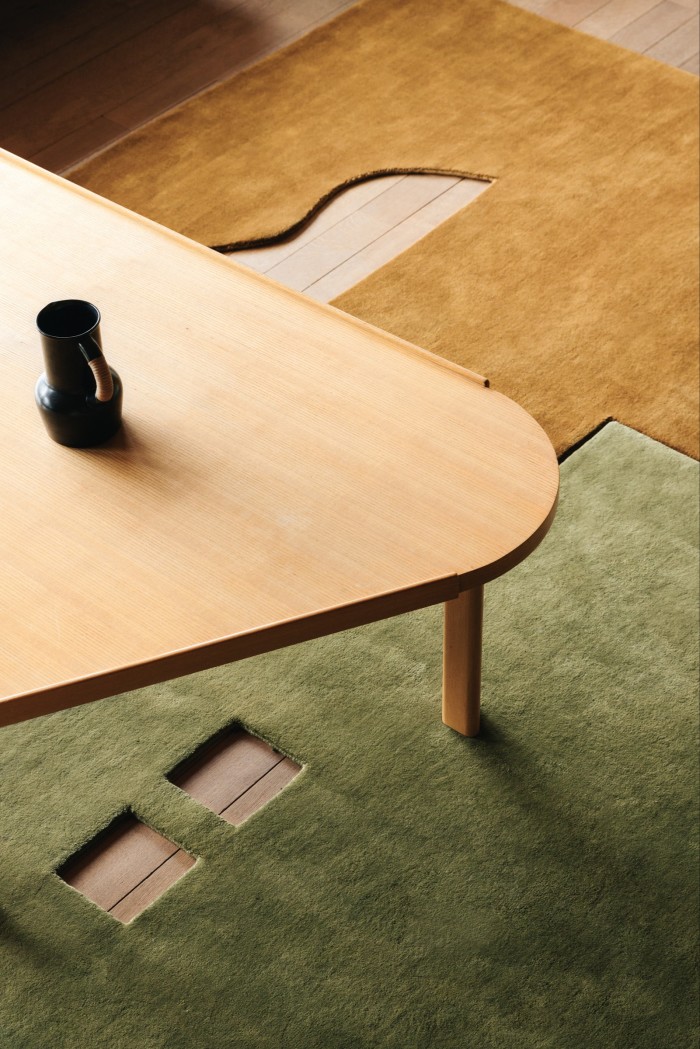
A second, smaller rug for the brand’s more accessible Editions, produced in partnership with Howard Hodgkin Home, is based on Red Sky in the Morning (2016), and is hand-tufted. “Funnily enough, this was the more problematic one,” says Strang of the design (1.2m x 1.8m, edition of 150, £1,920), which took 18 months to perfect. “The first sample looked very much like a piece of bacon… and that was not the look we were going for!”
When Nordic Knots began working on its latest project with French artist and architect Garance Vallée, it tasked its workshop in Bhadohi, Uttar Pradesh, with an unusual request: “to make holes in the rugs”, explains co-founder Berglund of the three new designs – all different shapes and colours, with cut-away details – which “fit together like a puzzle [from £895 each]. You can use them individually, and together they add up to a large 3m x 4m rug.” Laserow-Berglund adds: “It opens a door onto Garance’s world, and she has a very strong, significant aesthetic.” Vallée’s universe of stylistic, sinuous shapes takes the form of scenography for Nike’s flagship store in Paris, sculptural lamps, furniture and installations, as well as paintings. “I thought about the rug as an architectural piece, and the shapes reference modernist and art deco design channels,” she says. “I wanted it to be very different from just putting a drawing on a blank square.”
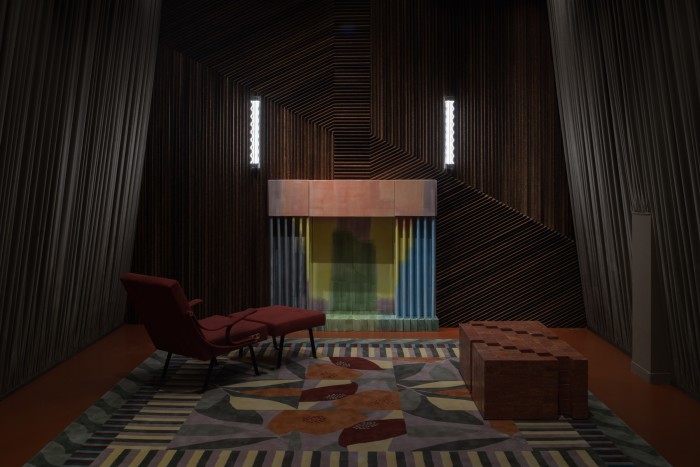
While Nordic Knots embraces giving its collaborators free creative rein to “do something a little bit different”, the approach does also raise some questions from a commercial angle, laughs Berglund. “A yellow rug with a hole in two places… How many people are going to want that in their living room?”
Other artisan-made rugs that walk on the wilder side include those by London-based brand Floor_Story, which “celebrate diversity and creativity”, bringing the bold and bright visions of Camille Walala, John Booth and Adam Nathaniel Furman to the floor. In Cairo, Egypt, Kahhal Looms has recently launched a colourful capsule collection with artist and designer Louis Barthélemy – an attention-grabbing, graphic tribute to Tutankhamun (from £3,610). Wendy Morrison Design, Deirdre Dyson, Jan Kath and Amber Rankin all take an artistic as well as artisan approach to rug-making.
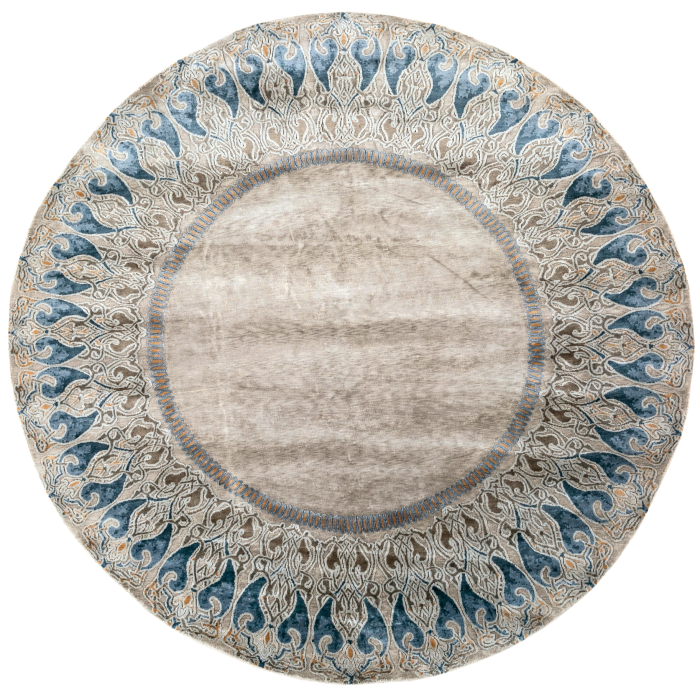
Jaipur rugs Jocelyn Burton silk Secretum rug, £11,500
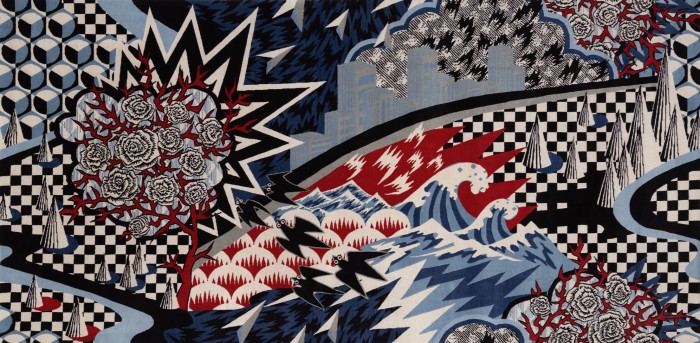
Floor_Story with Eley Kishimoto hand-knotted Tibetan wool Graphic Fairytale rug, from £1,200
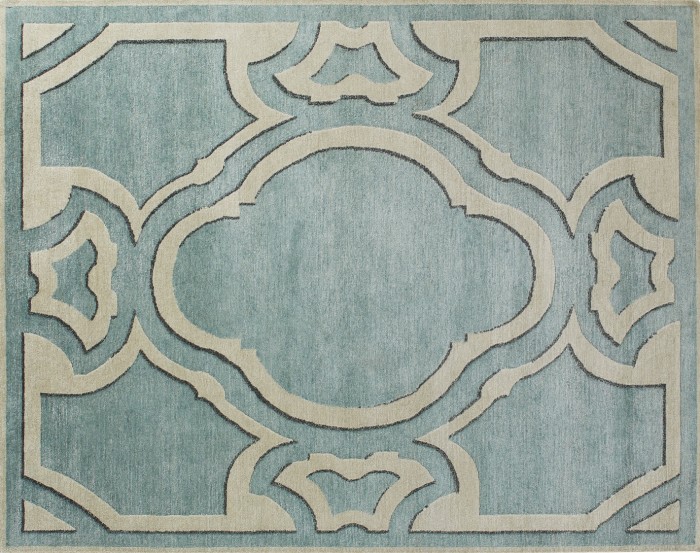
La Manufacture Cogolin wool, linen and silk Chenonceaux, Jardins à la Française by Henri Gonse rug, POA
Rankin’s rugs are exclusively hand-knotted in a small family-run workshop in Bulgaria. Another European innovator is La Manufacture Cogolin, which has been hand-weaving rugs in the south of France, near Saint-Tropez, for almost 100 years; its collaborators have included legendary interior designer Jean-Michel Frank and, most recently, filmmaker Luca Guadagnino. At Hong Kong-headquartered Tai Ping – which today owns Cogolin, and is known for its handmade custom rugs – architect and interior designer Fabrice Juan has come up with seven graphic and ’60s-ish designs inspired by, among others, Pierre Cardin. Part of the brand’s new prêt-à‑porter label, Studio by Tai Ping, they are made with mechanical tufting technology, and hand-finished.
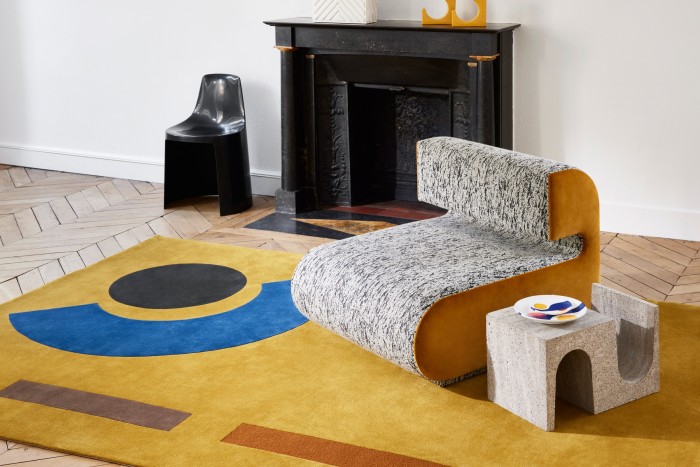
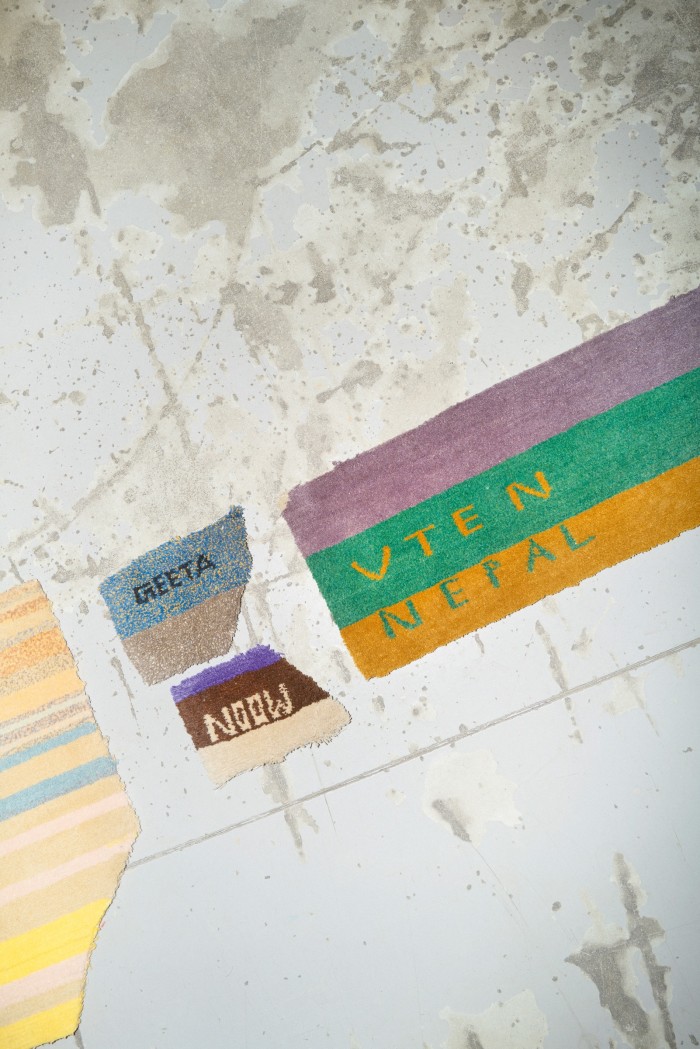
Milan-based rug-maker CC-Tapis stresses that “embracing artisanal production techniques means embracing the artisans that create our rugs”. While its hand-loomed pieces are produced in India, the hand-knotted versions are created in Nepal by Tibetan artisans – and a film on its website offers an insight into this process. With past contributors including Patricia Urquiola and Bethan Laura Wood, CC-Tapis will unveil a new collection, Telegram, designed by research-based design duo FormaFantasma at Milan Design Festival next week. Inspired by the offcut pieces that weavers often pattern with their own designs and words, they become messages from the makers – featuring names, places and thoughts.
Supporting the artisans as well as the designers is an important element of this rug renaissance. Brands work alongside initiatives such as GoodWeave to ensure standards (no child or bonded labour, and workplace conditions are verifiable). Christopher Farr works with Fairtrade organisation Label STEP, and is aligned with Care & Fair, which supports school and training projects in rural knotting regions across India, Nepal and Pakistan. “Personally, my future plan is to go beyond the ticking boxes,” says Bourne. “Forget minimum standards. Let’s see how good it can get.”
Comments